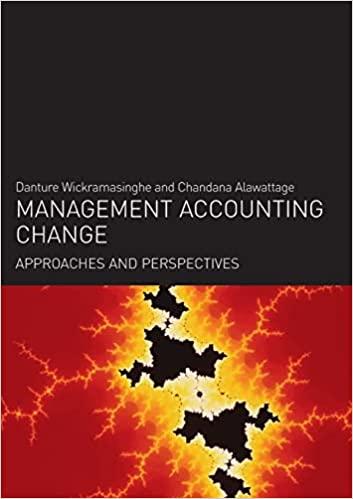| | d. accounting equation From the following data for David ProElecticals, calculate the quick ratio. | Cash | $ 68,500 | | Accounts receivable | 130,000 | | Inventories | 213,000 | | Prepaid expenses | 25,000 | | Total current assets | $436,500 | | Less current liabilities | 275,000 | | Working capital | $161,500 | | | | | | | | | d. 1.5 Gross profit is determined by subtracting the cost of merchandise sold from what? | | a. The cost of merchandise purchased | | | | | | | | | d. Accounts receivable The difference between sales and cost of merchandise sold for a merchandising business is: | | | | | | | | d. sales. West, Inc. had beginning inventory of $30,000, purchases of $65,000, and ending inventory of $10,000. What is West's cost of merchandise sold? | | | | | | | | d. $30,000 Multiple-step income statements show: | | a. both gross profit and income from operations. | | | | | b. gross profit but not income from operations. | | | | | c. income from operations but not gross profit. | | | | | d. neither gross profit nor income from operations. Which of the following is not considered when figuring net purchases? | | | | | | | | d. Purchases discounts Under a perpetual inventory system, | | a. increases in inventory resulting from purchases are debited to Purchases. | | | | | b. the purchase returns and allowances account is credited when goods are returned to vendors. | | | | | c. there is no need for a year-end physical count. | | | | | d. accounting records continuously disclose the amount of inventory. Which financial statement reconciles net income with net cash flows from operating activities? | | a. Statement of retained earnings | | | | | b. Statement of cash flows | | | | | | If a $50,000 sale is made on January 1, with terms of 1/10, n/30, how much would the discount be if payment is made on January 9? | | | | | | | | d. $1,000 When merchandise that was sold on account is returned, which accounts are affected? | | a. Cash, accounts receivable, cost of goods sold, and sales returns | | | | | b. Sales returns, accounts receivable, merchandise inventory, and cost of goods sold | | | | | c. Sales returns, accounts receivable, purchases, and merchandise inventory | | | | | d. Sales returns, accounts receivable, purchases, and cost of goods sold A sales invoice included the following information: merchandise price, $6,000; terms 2/10, n/eom. Assuming that a credit for merchandise returned of $600 is granted prior to payment, and that the invoice is paid within the discount period, what is the amount of cash received by the seller? | | | | | | | | d. $5,880 If the buyer is to pay the delivery expense of delivering merchandise, delivery terms are stated as: | | | | | | | | d. FOB shipping point. If title to merchandise purchases passes to the buyer when the goods are shipped from the seller, the terms are: | | | | | | | | | d. Balance sheet | | | | | | | | | | | | | | | | |






